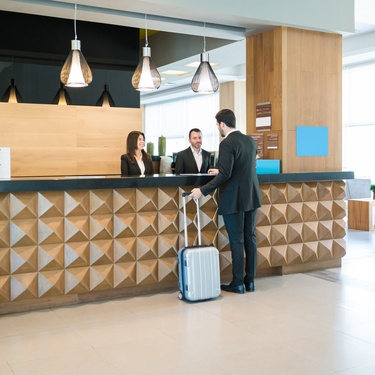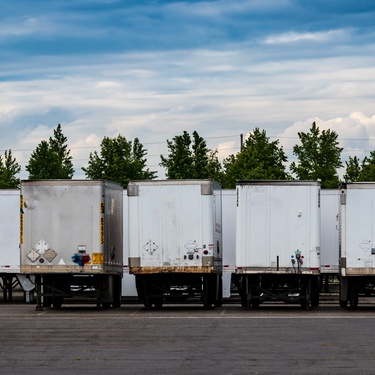
A hotel lobby is more than just a space to check in or wait; it is also a crucial opportunity to showcase the hotel's aesthetic, standard of service, and commitment to guest comfort. From the moment a guest steps through the doors, the lobby influences their perceptions and lays the groundwork for their entire experience.
Hotel managers must carefully consider the layout, technology integration, and maintenance of their lobby to provide the highest level of service. Learning how to optimize the lobby area of a hotel and prioritizing these aspects will help you transform it into an inviting, functional, and dynamic space.
Create an Inviting First Impression
The moment guests step inside the hotel, the lobby should communicate warmth and professionalism. You can achieve this through well-managed lighting, comfortable seating, and appropriate ambient music. Consider adding greenery or flowers to introduce natural elements that elevate the ambiance. The furniture layout should encourage smooth traffic flow, ensuring that guests can move freely within the space.
Focus on Functional Design
The lobby must accommodate the various needs of guests looking for a quick check-in and those seeking a quiet place to relax or conduct meetings. Install clear signage to guide guests efficiently and keep the front desk area uncluttered. Technology also plays a crucial role in functional design; consider offering free Wi-Fi and charging stations for more convenience.
Maintain High Standards of Cleanliness
Cleanliness is nonnegotiable in creating a positive lobby experience. This high-traffic area requires relentless attention to cleanliness to maintain its appeal and protect the longevity of amenities. Regular cleaning schedules should include wiping down common touchpoints such as handles, tabletops, and elevator buttons. Incorporating floor waxing tips for high-traffic areas can help maintain the condition of flooring, prevent wear, and create a polished, professional look.
Prioritize Comfortable and Sustainable Materials
Choosing the right materials for the lobby furniture, flooring, and decor is critical for comfort and durability. Soft seating, ergonomic designs, and thoughtful temperature control ensure guests feel relaxed while waiting or lounging in the area. Choosing eco-friendly materials demonstrates the hotel’s commitment to sustainability, which resonates strongly with modern travelers. Energy-efficient lighting and sustainable furniture create a space that aligns with environmental values without compromising aesthetics.
Incorporate Branding and Cultural Elements
Your lobby design should reflect your hotel's personality and tell its unique story. Incorporate elements such as local artwork, regionally inspired materials, or branded decor to make the space memorable. For boutique hotels, this could involve showcasing handcrafted furniture or textiles that celebrate local culture. Chain hotels may highlight consistent brand elements in the form of logos, specific color schemes, or signature design pieces.
Knowing how to optimize the lobby area of a hotel will help you ensure that your space wows guests, enhances functionality, and promotes long-term durability. A well-optimized lobby builds trust, sets expectations, and bolsters your brand's reputation. Implementing these tips can create a lasting impact, turning first-time visitors into loyal customers.
Bio: Casey is a passionate copyeditor highly motivated to provide compelling SEO content in the digital marketing space. Her expertise includes a vast range of industries from highly technical, consumer, and lifestyle-based, with an emphasis on attention to detail and readability.



















